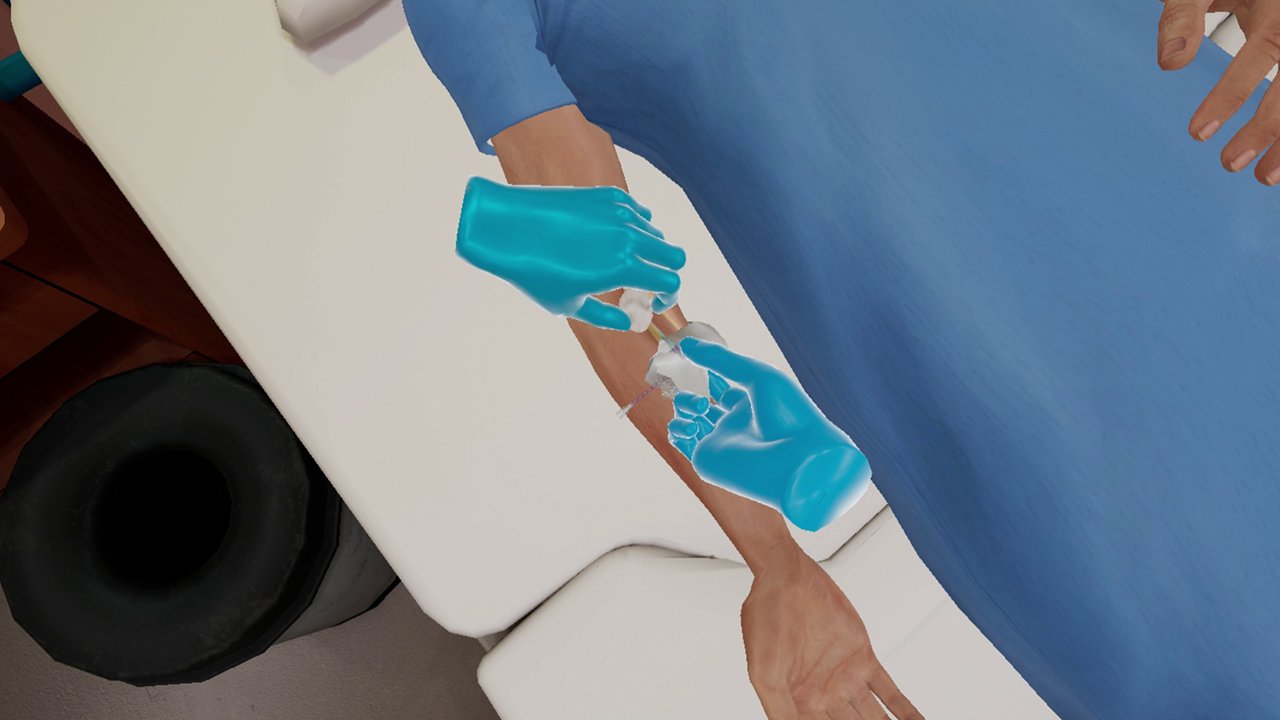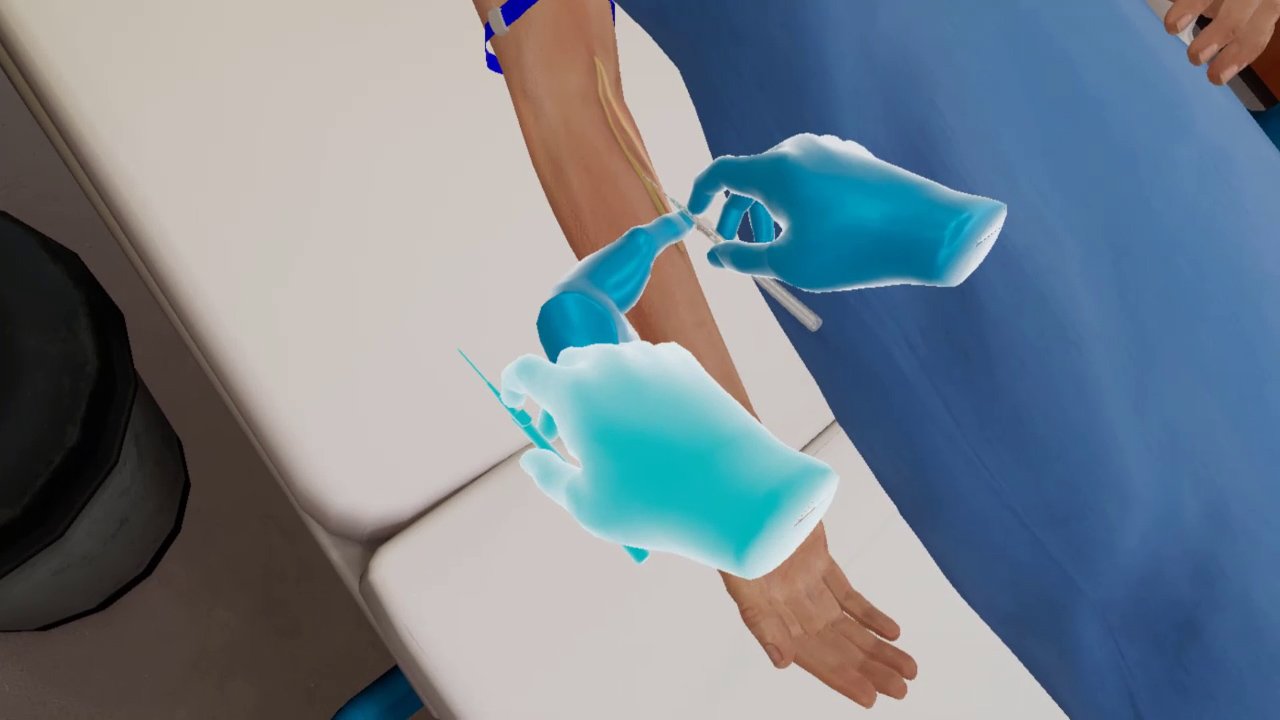
Intravenous insertion or IV insertion is a core medical procedure that involves connecting a cannula to a patient’s vein to administer infusions directly into the bloodstream. Cannulas come in different sizes and are used depending upon factors like the type of infusion to be administered, the rate at which the infusion is to run and the size of the vein.
Purpose of IV insertion
IV cannulas are soft plastic tubes inserted into peripheral veins mostly in the upper extremities and, in some rare cases, in the lower extremities. A patient may require an IV insertion for multiple reasons, depending upon the ailment and the course of treatment advised by the doctor. It could include any of the following reasons.
– Administering medication
– Providing fluids
– Blood transfusion
– Drawing blood
Vein selection for IV insertion
Whatever be the reason for the insertion, an IV insertion is mostly performed by nurses and is one of the most basic skills that all nurses are required to get proficient in. A key factor determining a smooth and painless procedure is selecting the right vein for the intended insertion. Just as determining the correct cannula size, the correct vein must also be chosen. Practice and experience will, no doubt, help achieve efficiency but some factors can be kept in mind when making a vein selection.
Duration: While some insertions may be for short periods, others may have to be placed for longer durations. The hand veins are ideal for short durations while the forearm veins are perfect when continuous flow of fluids need to be maintained.
Location: Insertions require the placing of a needle, along with the cannula, in a vein. This makes it imperative to select an insertion location that does not kink. The bend of the wrist or the elbow should always be avoided as insertions at these locations can cause considerable amount of discomfort.

A clearly significant vein is a crucial requirement for every IV insertion. But let us face the reality as this is not always easy to achieve. Each case is a new case, every patient is different and so are the veins. While some veins may just pop out there may be others that may just refuse to surface. How to handle such situations? Having a few tricks up one’s sleeve can make this process a bit easier.
– Gravity can help. Let the patient’s hand dangle freely for some time.
– Use warm compresses. This enables veins to dilate making them more visible.
– Ask the patient to clench and unclench their fist.
– With a tourniquet around the insertion site, gently palpate the vein.
– Rub the skin with alcohol or a cleaning agent to dilate the vein.
Applying nitroglycerin ointment for two minutes also helps dilate veins but this must be done under a doctor’s supervision. If applied too much, nitroglycerin may tend to lower the patient’s blood pressure.
A safer alternative would be to opt for ultrasound guided IV placement. In cases when veins location is very difficult the ultrasound proves extremely effective. It is also faster and avoids the multiple pricks that can be highly painful and inconvenient to the patient.
Skill Practice with MedVR Ed
Insertion of an IV cannula and its removal is a very common procedure that every nursing professional performs on multiple occasions. Having a seasoned and skilled hand for the process not only ensures smooth execution but also causes the least discomfort to the patient. Desired levels of expertise can only be achieved through practice, and a good deal of it.
MedVR offers practice and assessment sessions in the following procedures:
IV insertion: As a part of the procedure, it is significant to know about the required material. This procedure is all about gathering the necessary supplies, locating the vein, palpating it for clear visibility and finally inserting the cannula. The cannula is then secured with a Tegaderm tape and sharp objects disposed of in the sharp container.
IV removal: Just as performing an insertion is a skilled task, so is its removal. This procedure also calls for extreme cautions and care. This too has to be a painless process and cause the least possible discomfort to a patient. The IV removal procedure provides ample practice to trainees to ensure a smooth IV removal.
Training with MedVR Education
MedVR Ed VR simulations training offers multiple benefits to learners, helping them get seasoned and proficient in the process.
– Photorealistic virtual environment bring realism into the training program.
– Virtual patients provide close-to-reality practice scenarios.
– Affordances with physics-based interactions create lifelike experiences.
– Haptic feedback serves helpful in understanding the results of one’s actions.
– Virtual environments provide zero-risk opportunities which help learners learn from mistakes.
– With multiple practice sessions, learners can get innumerable practice opportunities to refine skills.
– Self-analysis of performance is facilitated by the web-based dashboard.
– Training-mode’s instant feedback feature helps identify mistakes and rectify them immediately.
– In the assessment mode, learners can recap, revise, assess their skills and perfect the procedure.
– Detailed instructions with appropriate affordances for the procedure ensure a thorough practice session.
– Ease of access is assured as all technical issues are managed at the backend by the tech team.
Contact us to know more about VR in healthcare training, or visit our MedVR Education webpage to explore the various programs we offer.


